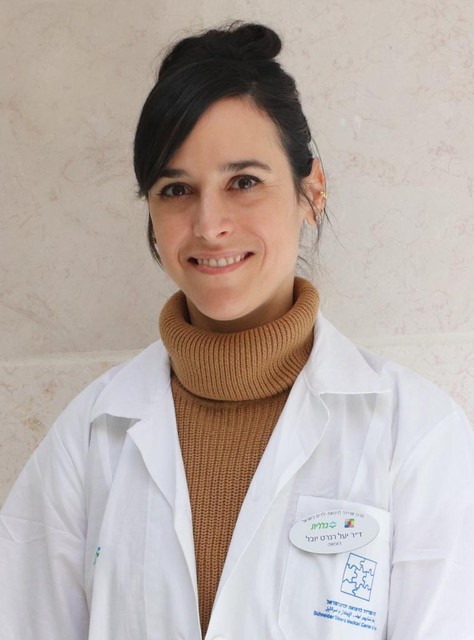Meet the Councilor | Yael Renert-Yuval, MD MSc
She previously was a dermatologist and physician-scientist in the Laboratory for Investigative Dermatology at The Rockefeller University in New York, NY, USA. What is your proudest accomplishment in the atopic dermatitis (AD) space to date?My special interest in AD has been pediatric AD, and since 2015 I was fortunate to join a large project lead by two leading investigators in the field, Dr. Amy Paller and Dr. Emma Guttman-Yassky (who has been a personal mentor throughout my career). What do you value most about being involved with the IEC?I highly appreciate the chance to be part of a team that stands at the forefront of AD clinical management and research, encompassing both clinical and mechanistic aspects. Being a member of this diverse group, which focuses on various facets of this intricate disease, I constantly find myself gaining knowledge about interesting AD elements that typically lie beyond the scope of my daily practice or research. These include areas such as AD scoring, biomarkers, the effects of climate on the disease, and innovative clinical strategies and guidelines. What do you think will garner the most attention over the coming year in the AD field?I think the extensive pipeline of AD therapeutics will continue to unfold into clinically available drugs and agents. This remarkable progress will enable us to attain unprecedented levels of clinical outcomes. Consequently, it will present the field with the challenge of establishing novel management approaches to guide clinicians in selecting the optimal treatment for moderate-to-severe AD patients and in determining when treatment adjustments are necessary. Monitoring patients and evaluating their response will play a crucial role, utilizing both clinical and tissue-based assessments. What do you see as the biggest need among AD patients?I currently practice in Israel and mostly see children with AD in a large tertiary pediatric center. In this setting, one of the most significant challenges my patients face is limited access to the new therapeutics. Currently, payers in Israel consider these treatments as second- or third-line options only when systemic interventions become necessary. |

 A scientist and clinician, Dr. Renert-Yuval is an attending dermatologist in the largest pediatric dermatology unit in Israel, situated at Schneider Children's Medical Center, which is affiliated with Tel Aviv University.
A scientist and clinician, Dr. Renert-Yuval is an attending dermatologist in the largest pediatric dermatology unit in Israel, situated at Schneider Children's Medical Center, which is affiliated with Tel Aviv University.